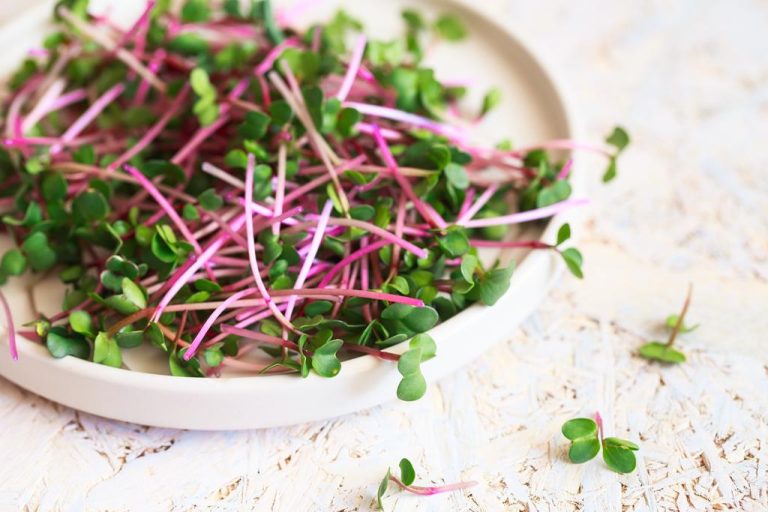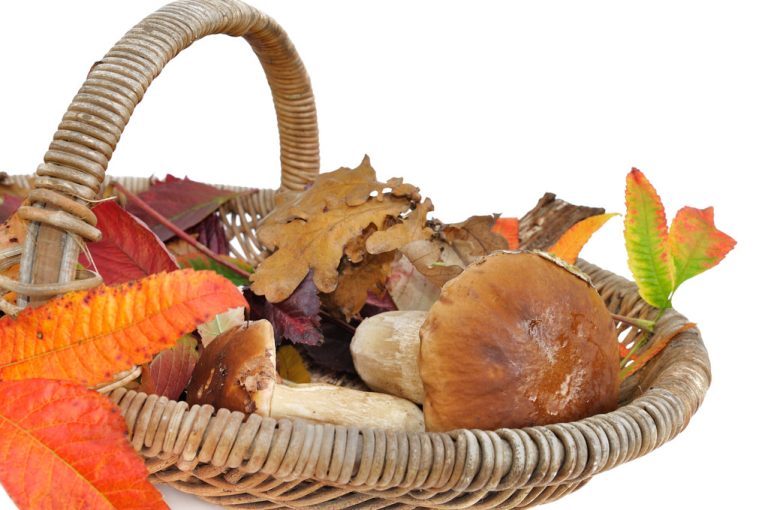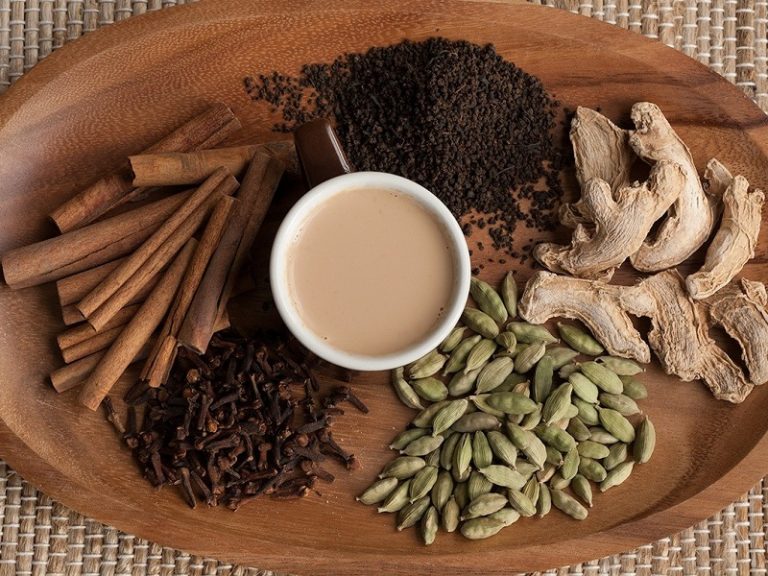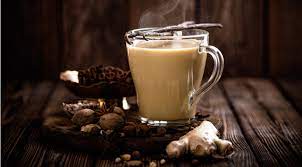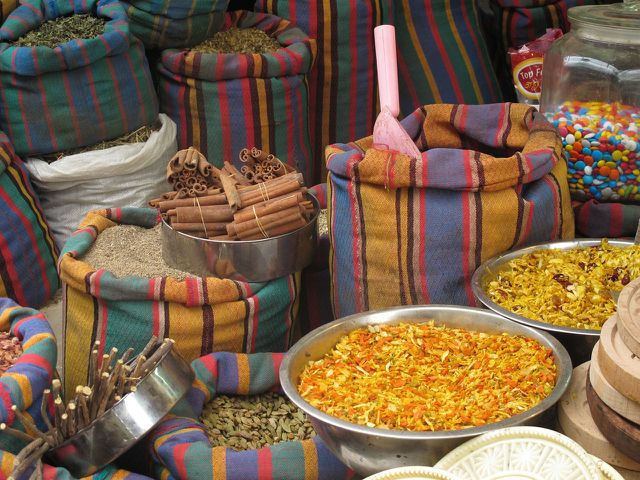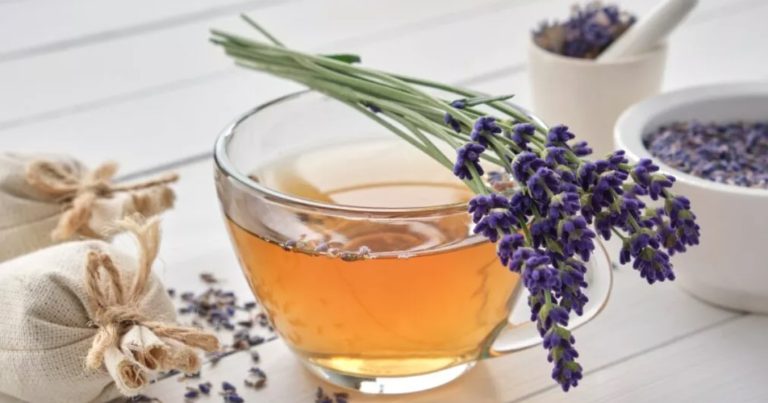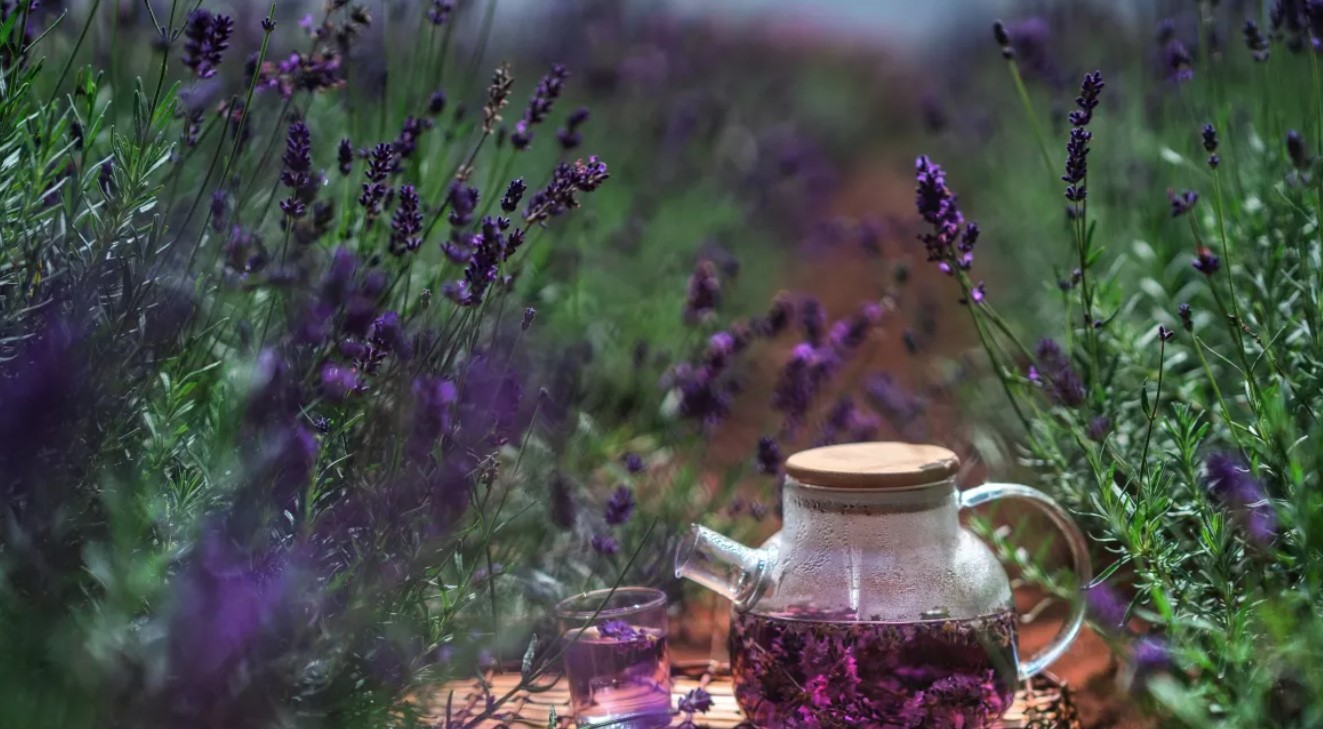Making a sprout glass yourself is not difficult and also much cheaper than buying one. You can easily make the sprout jar from an old pickle or jam jar.

Make sprout glass yourself: you should know that
Many online shops and supermarkets offer sprouting glasses. But why spend money on it when you can easily make the glass yourself? We will show you a method without plastic or special equipment.
You need this:
a glass
a felt-tip pen to mark holes
a small drill or a can prick
sandpaper or a file
sprout seeds of your choice
possibly a thick piece of cardboard as a holder
By the way: Many instructions use tulle or fly screen fabric for DIY seed jars. Our method is more sustainable for three reasons: firstly, tulle is often made of plastic, secondly, you can use the lid of the jar with our method, and thirdly, you don’t have to buy any new materials.
Make your own seed jar: Here’s how
The first thing you should do is sterilize the jar. For example, put it in boiling water for ten minutes.
On one side of the lid, mark out holes about ½ to 1 inch apart. You don’t have to work on the other side, as the sprout glass will be crooked later.
Then get your pick or a small drill. Poke or drill small holes in one half of the lid. The water later drains off this. Make sure that the holes are not too big, otherwise the sprouts can slip out of the sprouting jar.
Now use some sandpaper or a file to smooth out sharp edges on the holes.
Note: Readers have reported that the cut edges can rust at the holes. So sand them down very carefully. Alternatively, you could use a piece of plastic mosquito net or a piece of loosely woven cotton cloth that you can then wash out.

Fill the sprout glass and set it up
Thoroughly wash the sprout seeds and put them in the jar. If you have something you can use to set the jar up at a 45 degree angle, skip the following step.
Now build a holder for the sprout glass:
To do this, place the bottom of the glass on a thick piece of cardboard. Place it so that it is only halfway up the box. Now trace the outline of the floor with the felt-tip pen.
Cut out the resulting semicircle.
Now draw an elongated rectangle on the cardboard with the hole. The semicircle should form one of the short sides. You will later place the glass in this semicircular bulge.
Cut out the rectangle.
If you fold the resulting strip in the middle, you can use it as a support for the glass. This standing aid ensures that all water drains from the glass and that no mold forms.
Place the sprouting glass in a can or in the sink for the first few hours. This allows the water that is still clinging to the rungs after washing to drain off. Later it is sufficient to place a kitchen towel under the can.
Now place your homemade sprout glass in a bright and warm place. After just a few days, your sprouts should have grown enough for you to harvest them. You can use the glass over and over again.

